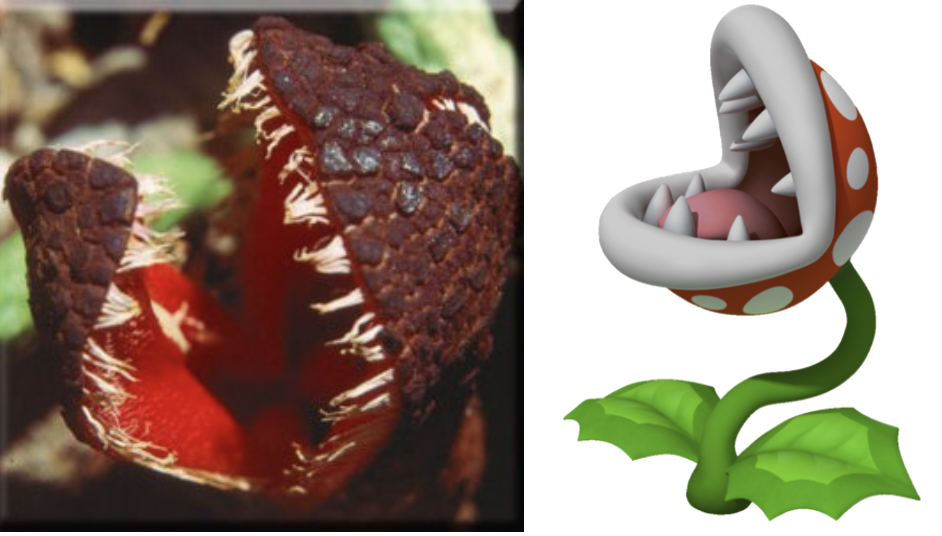As humans spread invasive species around and alter fire regimes, we change the basic functioning of single keystone species, which ultimately radiates to other species. With whitebark pines declining from 40%-90% throughout their range, these high elevation regions are drastically being transformed. Grizzly bears depend on these fatty pine nuts to get them through the harshest winter months when little else is available. As these tree populations decrease, the fight for survival intensifies. It is time we all think about plant conservation and our role as humans in protecting these truly wild places. I’m here to remind you, and remind myself, that the struggle for survival in Yellowstone is ramping up, and that the decimation of one species radiates throughout the food web, which increases competition, which unfortunately increases the rates of human-bear conflicts.
Read moreFungal dispersal from down-under; how one Australian mammal spreads mycorrhizal spores
The Swamp Wallaby (Wallabia bicolor)
~~~~~~~~~~~~~~~~~~~~~~~~~~~~~~~~~~~~~~~~~~~~~~~
Read moreSound: How different organisms interact with these invisible vibrations
~~~~~~~~~~~~~~~~~~~~~~~~~~~~~~~~~~~~~~~~~~~~~~~~~~~~~~~~
Read moreTifft Nature Preserve: From Rags To Riches
When one visits Tifft Nature Preserve, the succession of different forest species can easily be seen.
Learn about how the remnants of Buffalo's industrious past have been transformed into a rich urban ecosystem. Set into motion by the Greenway Ecological Fund and the Buffalo Museum of Science, if you're in the area and are interested in restoration ecology, Tifft Nature Preserve is a must-see. In this article, my former student Emily Volker delves into forest succession and many other ecological interactions taking place in this urban habitat.
Read moreHydnora africana: The real life “Piranha Plant” and Queen of Species Interactions
Hydnora africana and the notorious Piranha plant.
Contrary to the fantasy world of videogames, some of these in-game species have real-life doppelgangers. Given the millions of years of fine-tuned species adaptations, these doppelgangers happen to be even cooler than their digital counterparts. Find out more about the parasitic Hydnora africana by reading this article written by my former student Courtney Parrilla!
Read more





